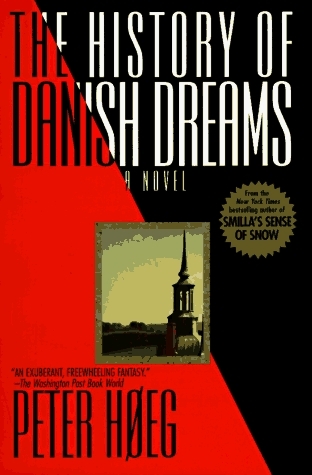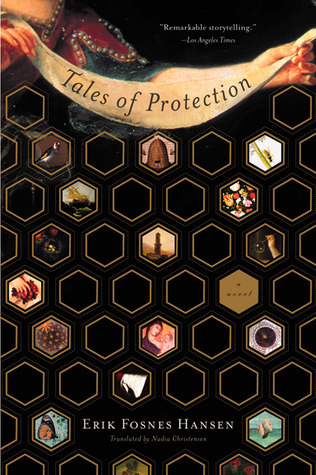
The Half Brother
Book Description
In a world stitched together by secrets and longing, a young boy grapples with the weight of an unexpected family dynamic when a half-brother enters his life, shattering the fragile peace of their ordinary existence. A tale of betrayal and loyalty unfolds against a backdrop of post-war Oslo, where the bonds of blood twist and entwine in a gripping dance of love and disdain. As childhood innocence collides with the harsh realities of adult choices, the line between family and stranger blurs. How far will one go to protect loved ones from the ghosts of the past?
Quick Book Summary
"The Half Brother" by Lars Saabye Christensen is a sweeping coming-of-age novel set in post-World War II Oslo. It follows Barnum Nilsen, a boy born into a fractured family, and his complex relationship with his older half-brother Fred. Through Barnum's eyes, readers witness a household challenged by secrets, emotional wounds, and the weight of the past. The narrative explores the intersection of identity, loyalty, and betrayal as Barnum struggles to find himself under the long shadow of his troubled brother and the enigmatic women who raise them. Against the gritty yet poetic backdrop of Oslo, Christensen weaves an intricate tale of love, hope, and endurance, capturing how the tides of history and personal trauma shape family bonds and individual destinies.
Summary of Key Ideas
Table of Contents
Family and Identity Amidst Adversity
The novel begins in postwar Oslo, introducing the Nilsen family: Barnum, his half-brother Fred, their fiercely independent mother Vera, and their grandmother Boletta. Vera is raped on Liberation Day, giving birth to Fred—the half-brother whose presence marks the family’s existence with a sense of otherness and unresolved pain. Later, Barnum is born into this fraught environment, and his life is shaped by the shadow of his silent, unpredictable older sibling. The family is poor but tightly knit, their survival rooted in resilience and mutual dependence. Oslo itself becomes a character—the city’s atmosphere mirroring the Nilsen’s struggle for normalcy and dignity in the face of adversity.
The Lingering Impact of War and Secrets
Barnum’s childhood is dominated by his attempts to earn Fred’s approval and understand his silence. Fred, volatile and often absent, becomes both a figure of fascination and anguish for Barnum. The boys’ complex dynamic explores themes of rivalry, admiration, and the longing for connection. Barnum clings to storytelling—his passion for writing and film—using these creative outlets to interpret and sometimes escape reality. The influence of their mother and grandmother, matriarchs shaped by war and survival, provides both stability and a reminder of the secrets that haunt the family.
Sibling Rivalry and Unconditional Loyalty
Postwar secrets have a profound, lingering impact. Vera’s rape and Fred’s illegitimacy remain barely spoken about, yet color every interaction and relationship. Barnum grows aware of how silence and shame shape identity and family dynamics. The narrative interweaves Oslo’s transformation with the family’s internal changes, highlighting how societal expectations and historical trauma seep into the home. Christensen masterfully depicts the psychological toll of these silent burdens, showing how each character is both a victim and a survivor of history’s invisible wounds.
Love, Betrayal, and Forgiveness
Love and betrayal are inextricably linked throughout the novel. Barnum’s loyalty to Fred is tested by his brother’s erratic actions—including theft, violence, and long disappearances. Meanwhile, the women in Barnum’s life, especially his mother and grandmother, offer guidance rooted in hard-earned wisdom but are themselves haunted by past betrayals. Barnum’s journey is also one of self-betrayal and forgiveness, as he grapples with shame, longing, and the desire to carve out his own identity beyond Fred’s overpowering influence.
Memory, Storytelling, and Personal Growth
Storytelling becomes a central theme—both as Barnum’s personal salvation and as the novel’s structural device. He uses words to make sense of the chaos, forging a path toward understanding and acceptance. Through the ebb and flow of family fortunes, heartbreaks, and small triumphs, Barnum emerges as a chronicler of his family’s history, transforming pain into art. In the end, "The Half Brother" is a moving meditation on the blurred boundaries between truth and fiction, and the enduring power of memory and love in the face of life’s greatest challenges.
Download This Summary
Get a free PDF of this summary instantly — no email required.





